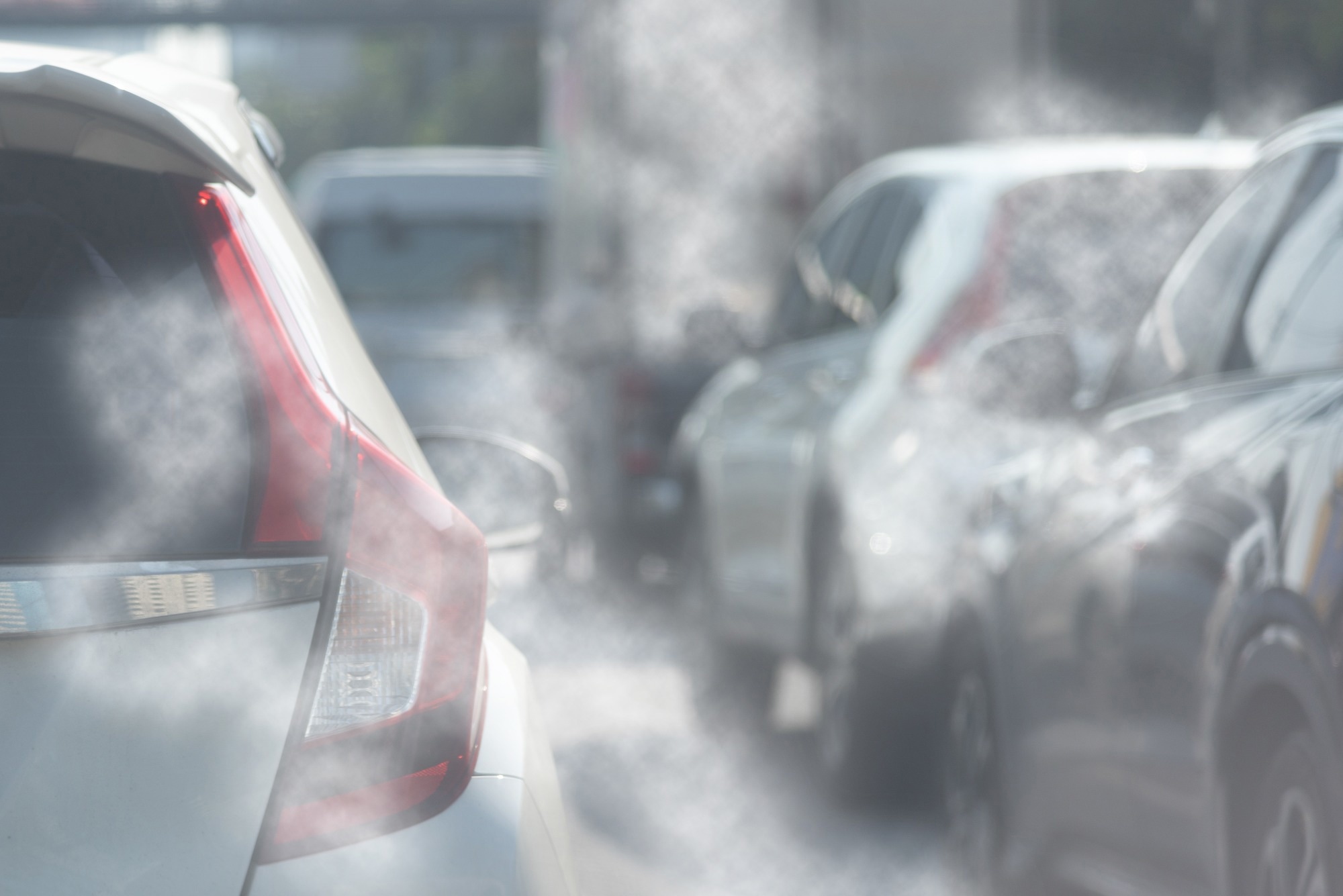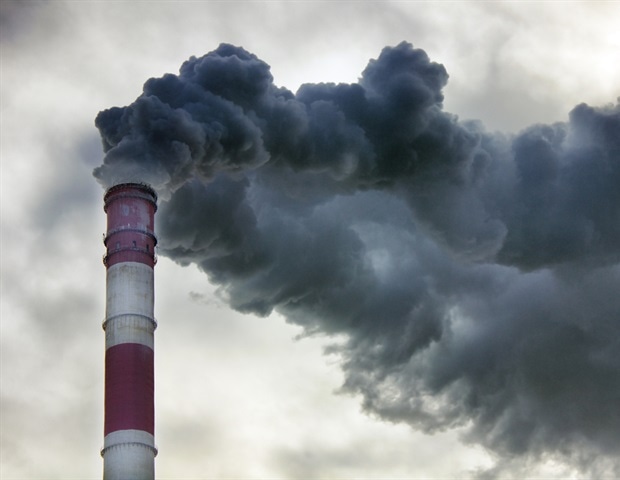In a recent study published in Archives of Disease in Childhood, researchers measure pollution levels surrounding new schools and determine the safety of exposed students.
 Study: Investigating the air quality surrounding new schools in England: polluted playgrounds and school buildings are a source of avoidable harm. Image Credit: khunkornStudio / Shutterstock.com
Study: Investigating the air quality surrounding new schools in England: polluted playgrounds and school buildings are a source of avoidable harm. Image Credit: khunkornStudio / Shutterstock.com
Background
The United Nations Convention on the Rights of the Child recognizes children’s right to clean air; however, air pollution remains a primary cause of early death and long-term health problems. Air pollution adversely affects children’s health by increasing respiratory tract infection rates, asthma exacerbations, allergies, and pediatric malignancies. Other consequences include lower neurocognitive effects and multisystemic sickness.
The 2021 World Health Organization (WHO) Global Air Quality Guidelines provide numerical objectives for yearly exposure to six pollutants, including particulate matter smaller than 2.5 millimeters (mm) (PM2.5), PM10, nitrogen dioxide (NO2), ozone (O3), sulfur dioxide (SO2), and carbon monoxide (CO). Recent evidence has indicated that lower levels of these pollutants can cause negative health effects, which has led researchers to modify air pollution goals.
About the study
In the present study, researchers analyze air pollution at new schooling sites in England relative to WHO standards to inform population health policies and promote awareness of air quality.
A total of 187 planned new schools in England were identified from 2017 to 2025, with the locations for 79% of these schools identified using websites, plans, consultation materials, local authorities or multi-academy trust media, and architect/contractor publications. GPS data for seven greenfield locations without postcodes were used to identify residential or commercial postal codes within 200 meters of the locations. Notably, 24 proposals with unidentified sites were excluded, in addition to 16 other proposals.
Air quality information from the addresspollution.org website was collected for three Central Office of Public Interest (COPI) calibrated pollutants: NO2, PM2.5, and PM10. Air quality was compared to WHO air quality standards and the air quality percentile for the location with pollution levels across the United Kingdom.
Using a postcode translation tool, latitude and longitude coordinates were obtained for all school locations, with WHO AQG pollutant type and levels reported for each site. Statistical percentiles for air pollution were divided into five categories and illustrated by a color gradation from light hues of yellow, which reflected the least contaminated, to dark shades of red, which represented the most polluted areas.
Study findings
The planned schools ranged in size, with a median capacity of 420 students. Among the schools, 60 were primary schools, 44 were secondary, 37 were all grades, and six provided education to individuals 16 to 19 years of age.
The median PM2.5 value across the school locations was 11 µg/m3, over two-fold higher than the WHO standard of 5.0 µg/m3. The median PM10 concentration was 17 µg/m3; however, the lower statistical quartile exceeded the WHO threshold of 15 µg/m3.
The median NO2 level was 18 µg/m3, whereas the bottom quartile exceeded the WHO cut-off of 10 µg/m3. Of the three indicators, NO2 varied the most between sites.
About 86% of new schools surpassed all three WHO pollutant objectives, with each location exceeding the safety levels of at least one pollutant. Only six places violated a single WHO standard, four of which were from the southwest and one from the southeast and west; the remainder violated at least two thresholds.
The national median percentile for air pollution was 61, with 76% of schools above the 60th percentile compared to U.K. pollution levels. The median pollution percentile in Central London was 90th, with a low of 76th and a high of 99th regarding the UK. School sites in southeast London appeared to have lower pollution percentiles; however, this difference was insignificant.
Schools with high pollution percentiles formed clusters in major cities, including Birmingham, London, Manchester, and Leeds. Schools in other major English cities, such as Bristol, Newcastle, and Liverpool, were less polluted. Cornwall and Devon had the lowest percentiles for air pollution.
Conclusions
The study findings indicate that the guidelines for school projects in England do not require air quality assessments at designated sites and that construction laws undervalue the primary air contaminants near schools. These observations led the researchers to propose air quality assessments throughout the planning stages of every new school building and immediate alteration of national policies and laws.
Furthermore, these future plans must provide evidence of sufficient outdoor space for physical education and the sustainable transportation of children. The authors suggest amending the Department of Education’s recommendations, considering new buildings or campuses, and revising planning requirements.
Journal reference:
- Mahfouz, Y., Tydeman, F., and Robertson, M. (2024). Investigating the air quality surrounding new schools in England: polluted playgrounds and school buildings are a source of avoidable harm. Archives of Disease in Childhood 1-5. doi:10.1136/archdischild-2023-325947

 PARENTING TIPS
PARENTING TIPS







 PREGNANCY
PREGNANCY








 BABY CARE
BABY CARE








 TODDLERS
TODDLERS








 TEENS
TEENS








 HEALTH CARE
HEALTH CARE








 ACTIVITIES & CRAFTS
ACTIVITIES & CRAFTS








 CONTACT
CONTACT ABOUT
ABOUT


